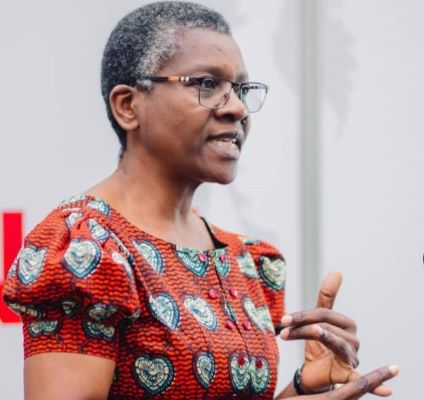As Copperbelt Energy Corporation Company (CEC) strives to actualize its green energy generation ambitions through Zambia’s first-ever Green Bond, local subscription to the $200 million green loan on the capital market continues to be low.
By Alfonso Kasongo (Lusaka, Zambia)
Currently, only 10% of Zambian firms have fully subscribed to the first $54 million tranche, leaving the remaining 90% to foreign investors.
Zambia is grappling with power deficit challenges due to its dependence on hydropower. The country has an installed hydropower generation capacity of about 3,356.6 MW, which is depleting rapidly due to El Nino factors, creating an estimated 750 MW deficit.
Unless imports and off-grid power solutions supplement this shortfall, Zambia may face daunting challenges in meeting the 55% power demand from mines and the 45% shared by other end-users, many of whom are currently affected by over 12-hour power outages.
ALSO READ Nigeria plans $250m green bonds for Sept. 2024
To supplement hydropower, on December 5th, 2023, CEC announced the registration of its Green Bond with the Securities and Exchange Commission on the sidelines of the COP 28 Climate Summit in Dubai.
The US$200 million Green Bond, structured as a programme, aims to accelerate the actualisation of at least 200 MW of renewable energy generation, specifically solar energy with possible storage implementation.
This registration marks the first Green Bond for Zambia’s capital markets and is expected to trigger more green finance in the country.
However, the energy company recorded only 10% local participation in the first $54 million tranche, with the majority of the investment coming from foreign companies.
Speaking during a Climate Finance Awareness Symposium in Lusaka, organized by the Indaba Agricultural Policy Institute (IAPRI), CEC Senior Corporate Manager of Project Finance, Lizzie Muwowo, expressed concern over the low participation by local firms in the Green Bond.
Ms Muwowo stressed the need for local businesses to think beyond traditional models if the country is to remain climate-resilient.
Subscription to the bond opened in December 2023, and by December 28th, the first $54 million tranche was fully subscribed.


